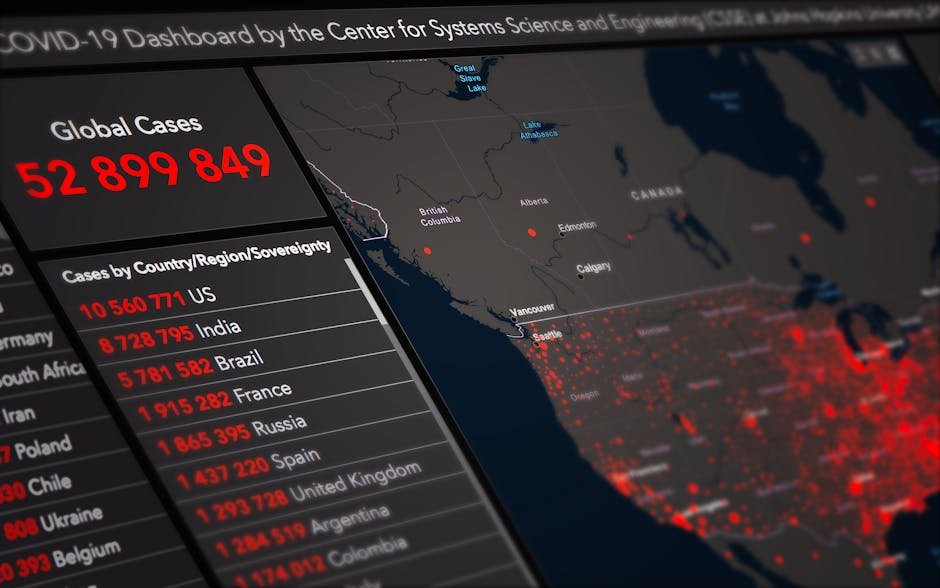Mexican Migration: A 2025 Surge in Temporary Residents and its Implications
MEXICO CITY, MEXICO – A significant increase in the number of foreigners seeking temporary residency in Mexico in 2025 is reshaping demographics and impacting the nation’s economy and infrastructure. While precise figures from the Instituto Nacional de Migración (INM) are still being compiled, anecdotal evidence and reports from various Mexican states suggest a substantial rise compared to previous years. This influx raises questions about the long-term effects on social services, housing markets, and the overall cultural landscape.
The Allure of Temporary Residency
The rising appeal of temporary residency in Mexico in 2025 stems from a confluence of factors. The relatively low cost of living, particularly in smaller cities and towns, is a major draw for retirees and remote workers from North America and Europe seeking a more affordable lifestyle. The warm climate and rich culture are also significant contributors to Mexico’s growing popularity as a temporary or seasonal home.
Economic Incentives and Visa Processes
The Mexican government, through initiatives aimed at attracting foreign investment and tourism, has streamlined visa processes for certain categories of temporary residents. This accessibility, coupled with the ease of obtaining a temporary residency permit, further fuels the surge. While specific data on application rates for 2025 are not yet public, reports suggest a significant increase in processing times, indicating a heightened demand.
Strain on Infrastructure and Services
This influx of temporary residents, while boosting certain sectors of the economy, presents significant challenges for Mexico’s existing infrastructure and public services. Reports from popular expat destinations like San Miguel de Allende and Puerto Vallarta indicate strains on healthcare systems, public transportation, and even access to basic utilities like water and electricity in certain areas. The increased demand for housing in these areas is driving up rental prices, making it harder for some locals to afford accommodation.
Regional Disparities
The impact isn’t uniform across the country. While tourist hotspots experience a dramatic surge in temporary residents, many other regions remain relatively unaffected. This disparity highlights a need for targeted infrastructure improvements and resource allocation to address the needs of both locals and new arrivals in the most affected areas. Further analysis is required to understand the precise distribution of temporary residents across different states and municipalities.
Economic Impacts: Opportunities and Challenges
The arrival of temporary residents brings both economic opportunities and challenges. Their spending contributes to local businesses, particularly in the tourism, hospitality, and real estate sectors. However, the increased demand for goods and services can lead to price inflation, potentially impacting low-income families. Furthermore, the long-term effects on employment and job displacement for Mexican citizens require further research and analysis.
Sectors Affected by Increased Residency
- Tourism and Hospitality: Significant increase in demand for services.
- Real Estate: Rental prices have risen significantly in popular expat destinations.
- Healthcare: Strain on existing infrastructure and services reported in several locations.
- Retail: Increased demand for consumer goods, leading to potential price inflation.
Social and Cultural Impacts
The integration of temporary residents into Mexican society is a complex and multifaceted issue. While many new arrivals actively engage with local communities and contribute positively to the cultural exchange, potential friction points exist. Language barriers, cultural differences, and concerns about preserving local traditions require careful management to ensure harmonious coexistence. Further research on successful integration models is crucial to navigate these potential challenges.
Cultural Exchange and Integration
Understanding the nuances of cultural exchange is vital. While many newcomers show a genuine interest in the Mexican way of life, ensuring mutual respect and understanding is crucial. Initiatives promoting language learning and cross-cultural dialogues can mitigate potential conflicts and foster stronger community bonds.
Looking Ahead: Policy Implications and Future Trends
Mexico’s government must develop comprehensive strategies to manage the ongoing influx of temporary residents. This includes investing in infrastructure improvements, addressing the challenges posed to local communities, and fostering a more sustainable and equitable integration process. Furthermore, ongoing monitoring and data collection will be crucial in shaping future policies and ensuring that the benefits of increased foreign investment are shared broadly.
Future Policy Recommendations
- Targeted infrastructure investment in popular expat destinations.
- Comprehensive language and cultural integration programs.
- Continued monitoring of the impact on local communities and the economy.
- Review and update of visa processes to ensure sustainability and efficient management.
The surge in temporary residents in Mexico in 2025 presents both significant opportunities and challenges. Careful planning, investment in infrastructure, and strategic policy decisions will be crucial in harnessing the positive aspects of this demographic shift while mitigating potential negative impacts. Further research and comprehensive data analysis will be essential to inform effective policy responses and ensure a positive outcome for all stakeholders. The coming years will be critical in determining how Mexico navigates this period of unprecedented demographic change.







